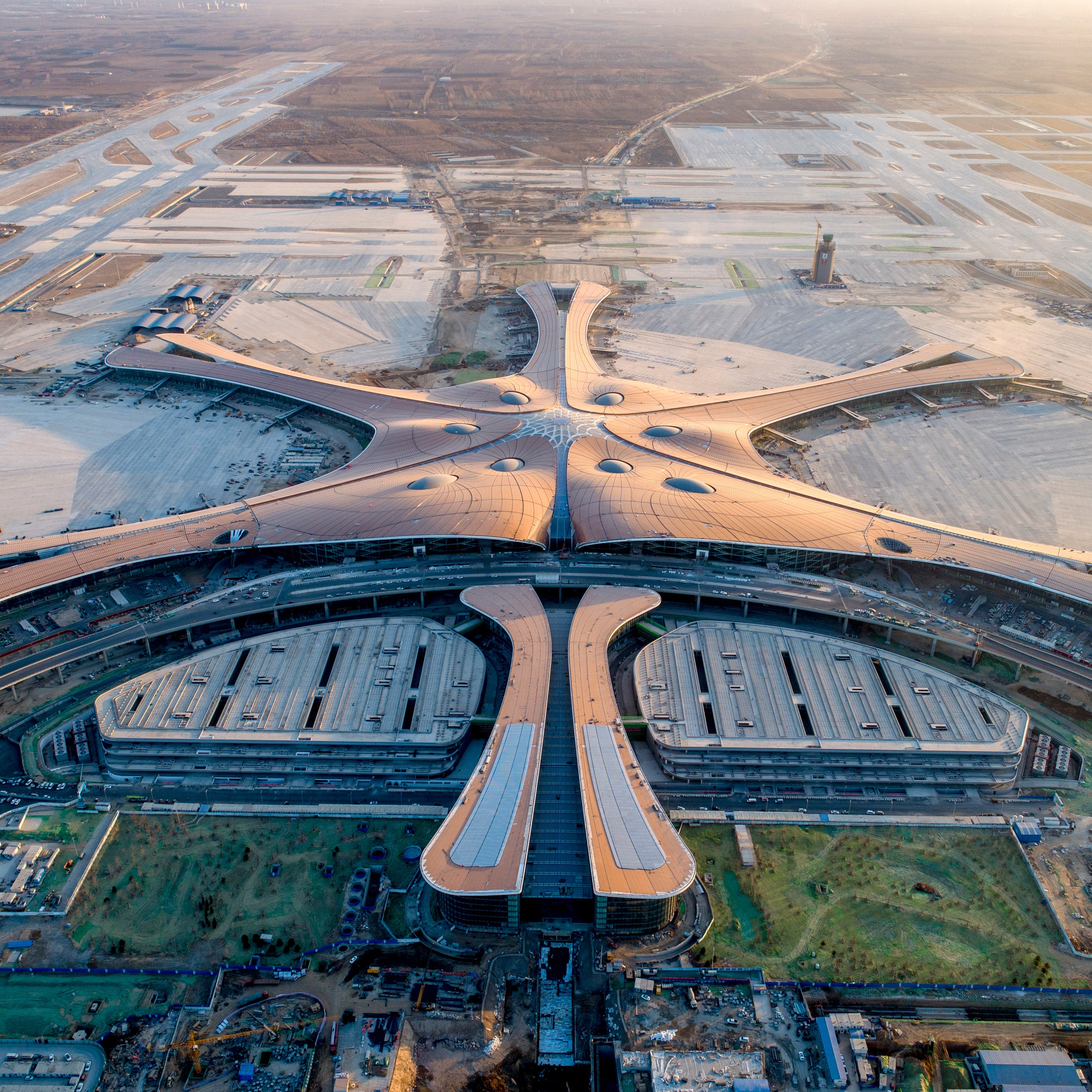
What is Daxing?
The name "Daxing" can refer to two distinct entities, each with historical and contemporary significance:
1. Daxing (Daxingcheng), the Sui Dynasty Capital
Daxing, also known as Daxingcheng (Daxing City), served as the magnificent capital of the Sui dynasty from its establishment in 581 until 605 AD. Before the Sui era and after its fall, the city was known as Chang'an, a name synonymous with ancient Chinese imperial grandeur.
Under Emperor Wen of Sui, the founder of the dynasty, Daxing was meticulously planned and constructed on an unprecedented scale. It was a testament to the Sui's ambition and their vision of a unified, prosperous China after centuries of division. The city boasted:
* **Grid Pattern:** A strict grid layout divided the city into neat wards and坊 (residential compounds), a model followed by later capitals. * **Imperial Palace:** A sprawling palace complex, the Daxing Palace, formed the city's heart, symbolizing imperial authority. * **Grand Canal:** The construction of the Grand Canal, linking the north and south, transformed Daxing into a vital hub for trade and communication. * **Religious Significance:** Numerous Buddhist temples and monasteries flourished in Daxing, reflecting the emperor's patronage of Buddhism.However, the Sui dynasty was short-lived. After the assassination of Emperor Yang of Sui in 618, the Tang dynasty emerged, choosing Chang'an (the former and future name of Daxing) as their capital. Despite the change in dynasties, the city continued to thrive as a center of culture, commerce, and power.
2. Daxing District, Modern Beijing
Today, "Daxing" primarily refers to Daxing District, a vibrant and rapidly developing area located in the southern part of Beijing Municipality.
Daxing District showcases a blend of historical significance and modern urban development. It encompasses:
* **Beijing Daxing International Airport:** Opened in 2019, this state-of-the-art airport serves as a major international hub, solidifying Beijing's global connectivity. * **Ancient Relics:** Remnants of the ancient city of Daxing, such as the Han Dynasty tombs at Niucun and the Tang Dynasty Xingguo Temple, offer glimpses into the area's rich past. * **Economic Zones:** Daxing houses several special economic zones and industrial parks, attracting significant investment and driving economic growth. * **Urban Expansion:** Daxing is experiencing significant urban sprawl as Beijing expands southward, with new residential areas and infrastructure projects underway.Visiting Daxing Today
While the grand structures of Sui Dynasty Daxing no longer stand, visitors to Daxing District can still connect with history:
* **Museum of the Sui and Tang Dynasties City Ruins:** This museum showcases artifacts and models, providing insights into the layout and grandeur of the ancient capital. * **Temple and Pagoda Ruins:** Scattered throughout the district are the remnants of ancient temples and pagodas, offering serene spaces for reflection and a tangible connection to the past.For a taste of modern Daxing, visitors can:
* **Explore Beijing Daxing International Airport:** Marvel at the architectural brilliance of this modern aviation hub. * **Enjoy Green Spaces:** Escape the city bustle in parks like Nanhaizi Park, known for its scenic lake and historic sites. * **Experience Local Culture:** Sample regional cuisine and browse local markets to experience the vibrancy of daily life in Daxing.Table: Comparing Ancient Daxing and Daxing District
| Feature | Ancient Daxing (Daxingcheng) | Daxing District (Modern) |
|---|---|---|
| Time Period | 581 AD - 618 AD (Sui Dynasty) | Present Day |
| Significance | Imperial capital of the Sui Dynasty | District of Beijing, major transportation hub |
| Key Features | Grand Canal, Daxing Palace, grid layout, Buddhist temples | Beijing Daxing International Airport, economic zones, historical ruins, urban development |
References
- Steinhardt, Nancy Shatzman. "Chinese Imperial City Planning." University of Hawaii Press, 1990.
- Lewis, Mark Edward. "China's Cosmopolitan Empire: The Tang Dynasty." Belknap Press of Harvard University Press, 2009.
Q&A
1. Is it possible to visit the exact site of the Daxing Palace today?
While some archaeological work has been done, the exact site of the Daxing Palace is not fully excavated or open to the public. However, the Museum of the Sui and Tang Dynasties City Ruins offers valuable information and exhibits related to the palace.
2. How long does it take to get from central Beijing to Daxing District?
Travel time varies depending on your chosen mode of transportation. By subway, it can take approximately 45 minutes to an hour. Driving time is dependent on traffic conditions.
3. What is the best time of year to visit Daxing District?
Spring (April-May) and autumn (September-October) are generally considered the most pleasant times to visit Beijing, including Daxing District, with mild temperatures and comfortable weather for outdoor exploration.
More article references: daxing district beijing china